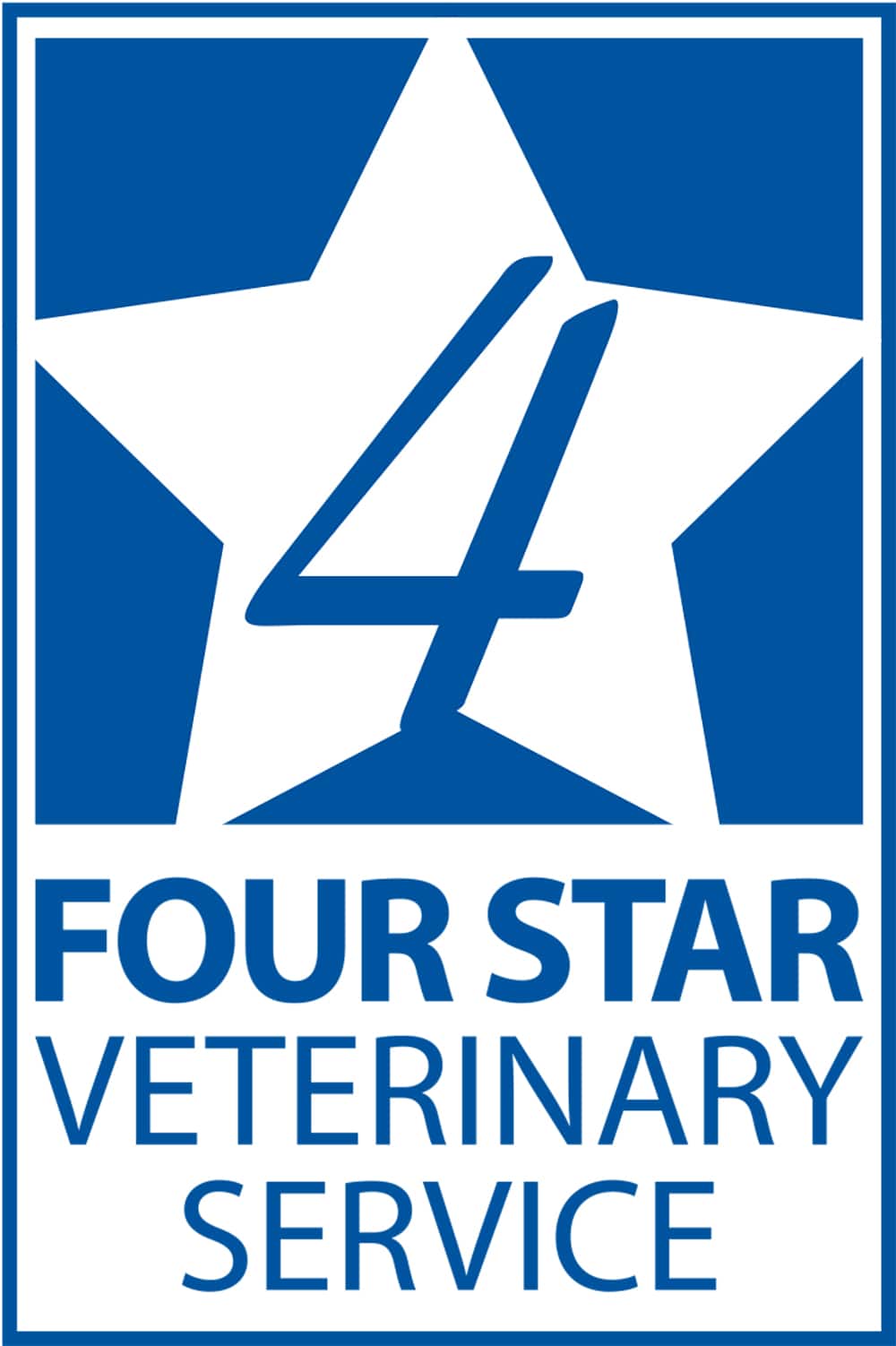Seasonal infertility continues to be a widespread problem for sow herds across the US. And if you don’t have a problem with seasonal infertility, it may mean you are not recognizing it.
Well-managed estrus helps gilts, sows achieve top performance
Success in pork production starts with a well-managed sow herd that cycles together and on time. Unfortunately, reproductive problems can derail the breeding process.
Better manage your sow herd with uniform body-condition technique
After noticing an alarming difference in sow body conditions in several herds, Cary Sexton, DVM, became concerned.
